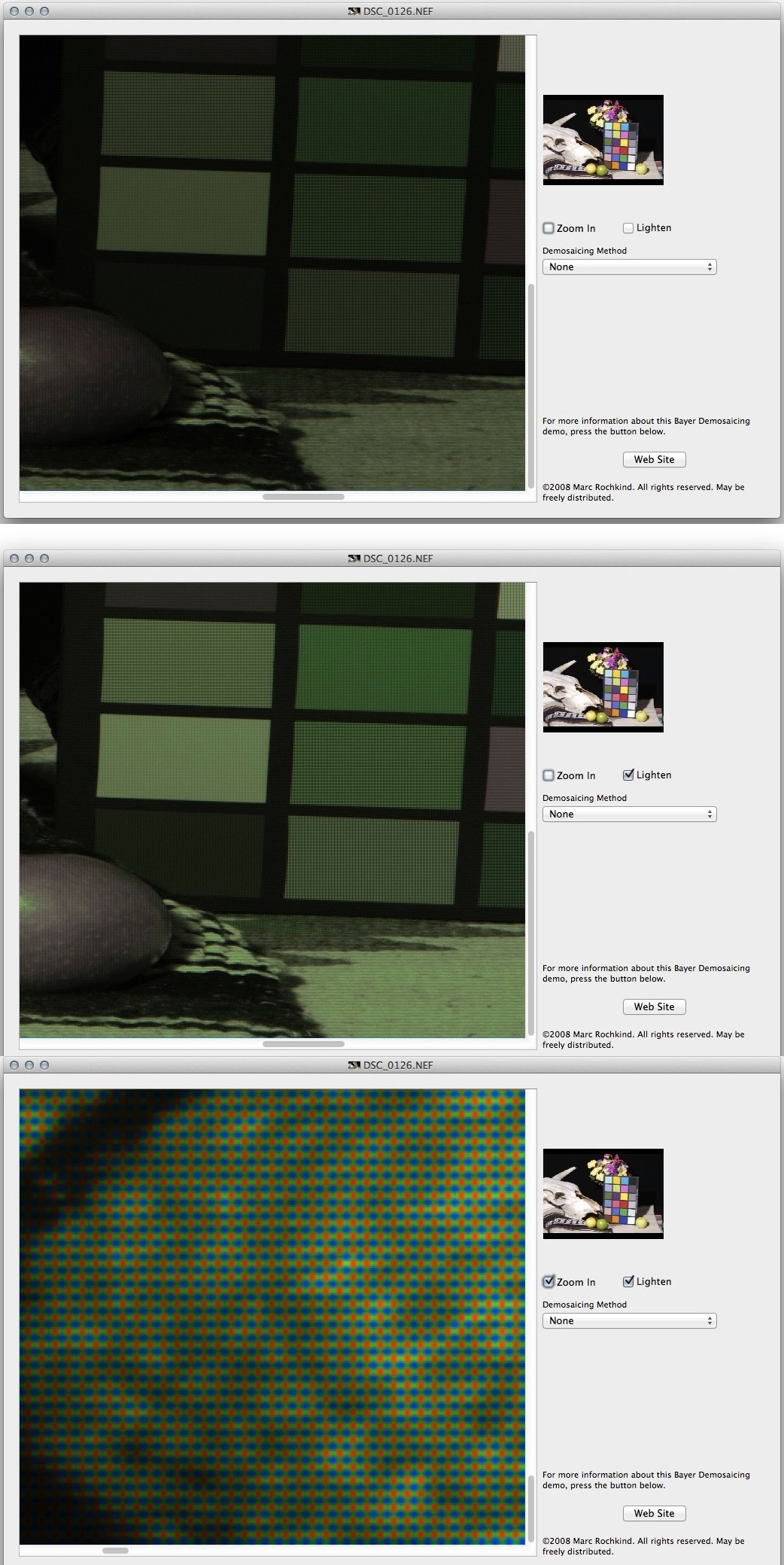I am a newbie in this world. Till now i was editing my pics (JPGs mostly) in a simple software like picasa or photos, adding some saturation brightness etc, that's it. I was using my NEF files just for having some HDR like effect in some pics, in the Photomatix Pro.
Nowadays i am trying to use Lightroom and Perfectly Clear Plugin, in a more professional way so to speak. I recently read on internet that editing raw files gives a better end result, clearly as it consists of nearly 3 times more data in it. But are you guys really retouching your RAWs always?
I have tried editing some images using lightroom, and i can mostly get more or less the same end results with editing JPGs instead of RAWs. And a lot faster.
I have this feeling (i don't know if it is true..) : JPGs images are saved with my camera settings, i.e. White Balance +A2, Picture Control Vivid +2 Saturation, Exposure + 1 etc.. So even without retouching my JPGs seem ok. But all my NEF files look dark, lack of color, as if it was taken in AUTO mode... So i always need more time editing the RAWs. And the end result does not necessarily look better.
Here is an exp. This is how JPG looks as shot:

This is how NEF file looks like as shot:

And these ones are after some Lightroom editing. The settings are clearly not same, as i did not open the images side to side and tried to get exactly same end results. However i tried to make a good looking pic. For the first pic (JPG) i needed just 1 min. For the second (NEF) i think 5min. Although the end result is not same, i believe one is not necessarily better than other..
JPG editing:

NEF editing:

So does editing RAW pictures rather than JPGs not always make sense? Or do i miss sth here?
Nowadays i am trying to use Lightroom and Perfectly Clear Plugin, in a more professional way so to speak. I recently read on internet that editing raw files gives a better end result, clearly as it consists of nearly 3 times more data in it. But are you guys really retouching your RAWs always?
I have tried editing some images using lightroom, and i can mostly get more or less the same end results with editing JPGs instead of RAWs. And a lot faster.
I have this feeling (i don't know if it is true..) : JPGs images are saved with my camera settings, i.e. White Balance +A2, Picture Control Vivid +2 Saturation, Exposure + 1 etc.. So even without retouching my JPGs seem ok. But all my NEF files look dark, lack of color, as if it was taken in AUTO mode... So i always need more time editing the RAWs. And the end result does not necessarily look better.
Here is an exp. This is how JPG looks as shot:

This is how NEF file looks like as shot:

And these ones are after some Lightroom editing. The settings are clearly not same, as i did not open the images side to side and tried to get exactly same end results. However i tried to make a good looking pic. For the first pic (JPG) i needed just 1 min. For the second (NEF) i think 5min. Although the end result is not same, i believe one is not necessarily better than other..
JPG editing:

NEF editing:

So does editing RAW pictures rather than JPGs not always make sense? Or do i miss sth here?
Last edited:

